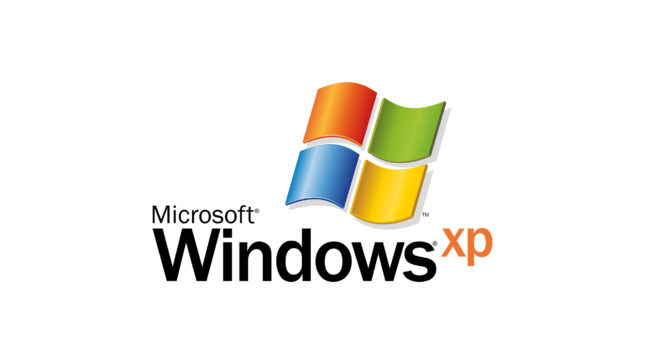First of all DEP (Data Execution Prevention) / Data Execution Prevention It's O “characteristic” stressful, operating system Windows XP SP2. The purpose of DEP, is to prevent the execution of the code from the data pages, including from the default working area. On Romanian, if I transferred some movies from an external memory (USB) to a computer, when I access the folder “destination” This appears “error” si-mi Restarteaza explorer.exe .
According to the ones at Microsoft the advantages DEP would be:
DEP can ensure blocking a class of security attacks. More precisely, DEP can ensure the blocking of an intentional bad program in which a virus or other type of attack has infiltrated a process with an additional code, then tries to execute the infiltrated code. On a system with DEP, the execution of the infiltrate code results in an exception. DEP activated by the software can ensure the blocking of programs that benefit from Windows Exception Treatment Mechanisms.
Irrelevant that the antivirus (with updated updates) says that the files do not contain any suspected virus code, continue to go and give restarts in a joy.
Disable DEP (Data Execution Prevention)
The simplest method is to edit the file boot.ini , of the system part of the system with /noexecute=AlwaysOff . If the partition on which the operating system is installed is C :, boot.ini will have the access path: C: Boot.ini .
Content boot.ini (default)
[boot loader]
timeout=30
default=multi(0)disk(0)rdisk(0)partition(1)WINDOWS
[operating systems]
multi(0)disk(0)rdisk(0)partition(1)WINDOWS=”Microsoft Windows XP Professional” /noexecute=optin /fastdetect
CONTENT BOOT.INI (DEPOSED)
[boot loader]
timeout=30
default=multi(0)disk(0)rdisk(0)partition(1)WINDOWS
[operating systems]
multi(0)disk(0)rdisk(0)partition(1)WINDOWS=”Microsoft Windows XP Professional” /noexecute=optin /noexecute=AlwaysOff /fastdetect
Restart Computer, after the boot.ini file was edited and saved.
The complete description of DEP (support.microsoft.com)
LA (25.06.2008)
For those who do not find the boot file.
1. Right-click My Computer, and then click Properties.
-or-
Click Start, click Run, type sysdm.cpl, and then click OK.
2. On the Advanced tab, click Settings under Startup and Recovery.
3. Under System Startup, click Edit. This opens the file in Notepad ready for editing. ( fisierul boot.ini )
Comment by Bontzay — June 24, 2008
Thanks Bontzay !
